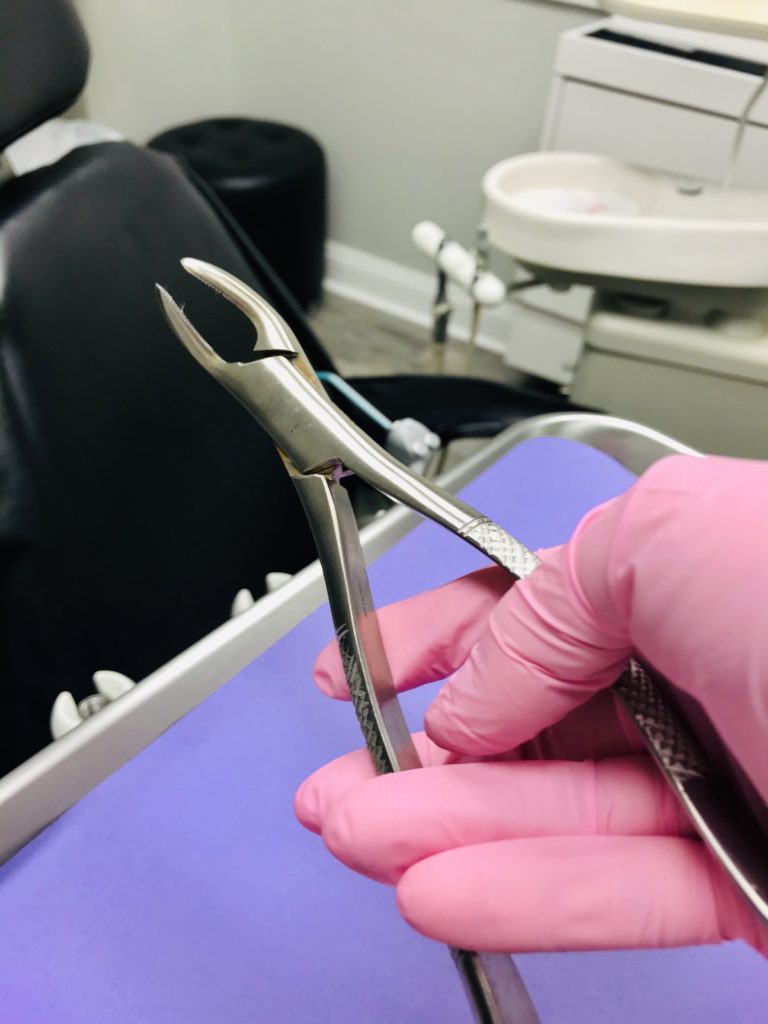
Nobody wants to have a tooth pulled, but sometimes, tooth extractions are the best solution for preventing more serious problems from developing. In Stamford, Connecticut, Anna Fromzel, DDS, has earned a reputation for providing the most appropriate treatments based on each patient’s specific needs, and tooth extractions are no exception. At Family Dental Care of Stamford, Dr. Fromzel uses advanced diagnostic technology to determine when an extraction is the best option, then uses state-of-the-art extraction and pain management techniques to ensure patients remain completely comfortable throughout their procedures.
Tooth Extractions Q & A
What are some common reasons for tooth extractions?
Usually, it’s a good idea to try to save a tooth with a root canal, crown, or other restorative procedures rather than extract it. But there are times when an extraction is the best option. For instance, an extraction is often recommended when a tooth:
- Is very badly fractured or breaks off at or below the gum line
- Becomes severely infected and cannot be treated with a root canal
- Is causing other issues like overcrowding
- Is impacted or “stuck” under another tooth
The decision to pull a tooth will only be made following a thorough exam to determine if another treatment option is possible.
Do wisdom teeth need to be pulled?
In nearly every instance, having wisdom teeth extracted is a good idea. Sometimes, wisdom teeth come in at an angle, causing pressure on neighboring teeth that can weaken those roots and even result in tooth damage or loss. Other times, a wisdom tooth becomes impacted under a neighboring molar and needs to be removed to prevent more significant damage. Even if a wisdom tooth doesn’t cause any issues when it emerges, removing it can still be a good idea. That’s because wisdom teeth are very hard to keep clean, and over time, they can become harbors for decay- and disease-causing bacteria. Removing the teeth eliminates places for bacteria to hide and helps improve overall oral health.
How are tooth extractions performed?
The method used to pull a tooth depends on the location of the tooth, why it’s being extracted, and other factors. In general, a simple extraction usually can be performed using special tools to gently elevate the tooth and remove it from the socket. But for teeth that are severely damaged, broken, or that have deep roots, gum incisions are usually required to reach the entire tooth and ensure complete removal.
Do I need to replace a tooth once it’s pulled?
Yes, a missing tooth should always be replaced. Once the tooth is removed, it leaves a space, and soon, neighboring teeth will begin to shift and lean into that space, weakening their roots and significantly increasing the risk of additional tooth loss. Plus, losing a tooth disrupts the natural bite balance, which can result in uneven tooth wear, a higher risk of tooth damage and decay, and chronic jaw pain and headaches. Missing teeth can be replaced with bridges, dentures, or dental implants.
BOOK ONLINE